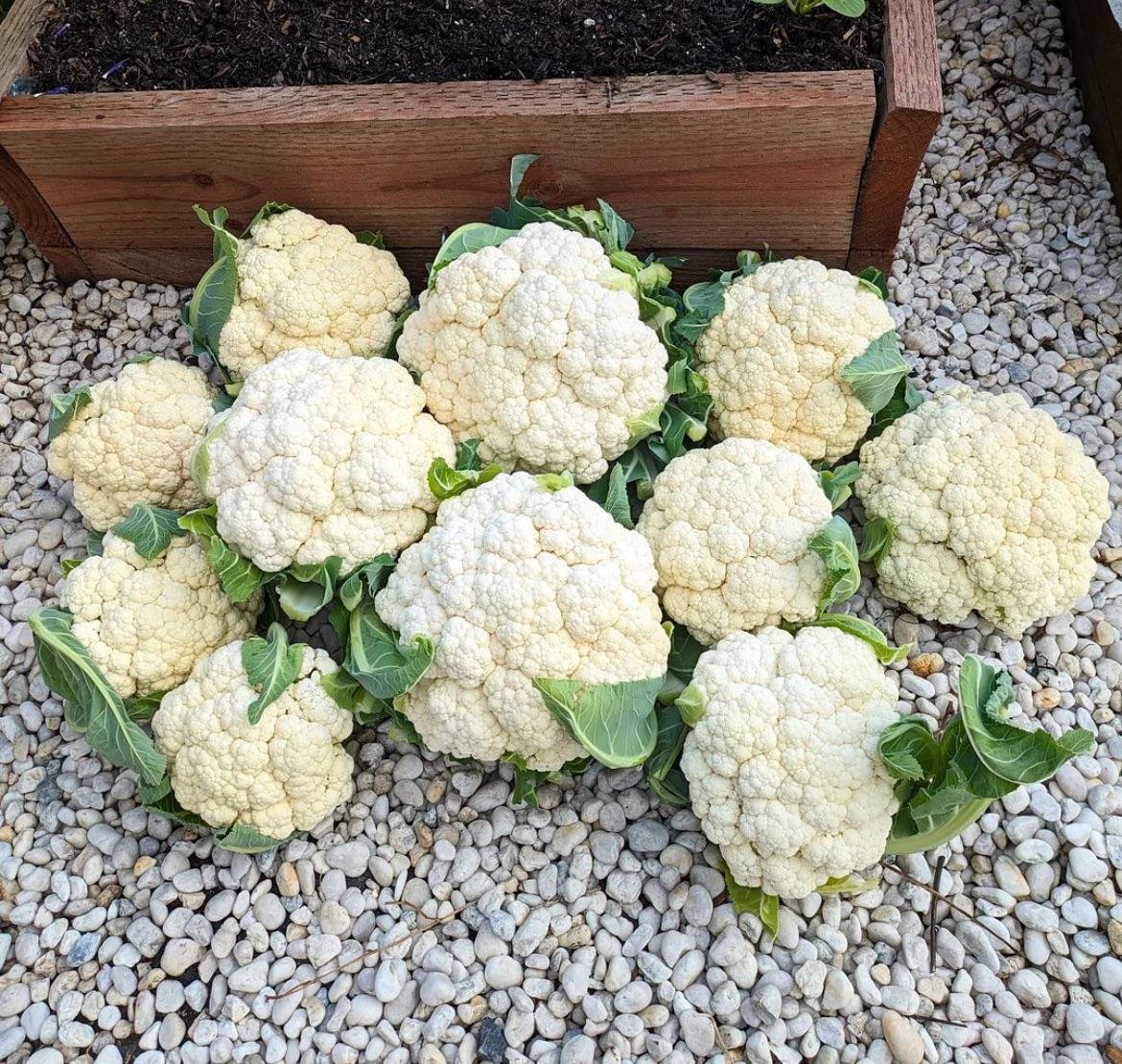Cauliflower is a diverse and adaptable vegetable, known for its crunchy texture and mild flavor. It can be used both as an addition to various recipes or as a replacement for other ingredients. Thriving in cool weather, cauliflower requires plenty of sunshine and certain growing conditions to flourish.
Cauliflower (Brassica oleracea), a member of the cabbage family, shares its lineage with broccoli, Brussels sprouts, kale, and kohlrabi. Its name is derived from the Latin word “caulis,” meaning stem or stalk, which is a prominent feature of the plant. The cauliflower’s main structure is a large stem from which a cluster of flower buds, known as the curd or head, grows. These stems, rich in nutrients like vitamins C and K, support the growth of these flower buds, which do not bloom.
Planting Cauliflower: Cauliflower’s sensitivity to temperature often leads gardeners to start seeds indoors, later transplanting them outside. Here are some tips for successful planting:
- Soil Preparation: Rich in nitrogen, well-prepared soil is vital for cauliflower. Incorporate aged manure or compost into the soil to enhance its nutrient content. Aim for a soil pH between 6.0 and 7.0.
- Sowing Seeds: Directly sow seeds half an inch deep and 3-6 inches apart, approximately a month before the last frost date.
- Transplanting Seedlings: Place transplants or small plants in the garden 2-4 weeks before the last frost, spacing them 18-24 inches apart, with rows about 2.5 feet apart.
Cauliflower Care Tips: Cauliflower requires consistent temperatures, presenting a challenge to novice gardeners. However, with proper care, successful growth is achievable:
- Mulch to maintain cool, moist soil.
- Ensure at least six hours of daily sunlight, using shade coverings as needed.
- Blanch the crowns when they reach two inches wide to preserve their whiteness.
- Address boron deficiency in browning crowns with a borax-water mixture or liquid seaweed extract.
- Protect plants from extreme temperatures to prevent buttoning.
- Use companion planting with beans, celery, onions, chamomile, rosemary, or oregano to deter pests.
- Regularly check for pests like stink bugs, thrips, and cabbage loopers, and use organic or insecticide treatments combined with consistent weeding.
Following these guidelines will help in cultivating a healthy and thriving cauliflower crop.
